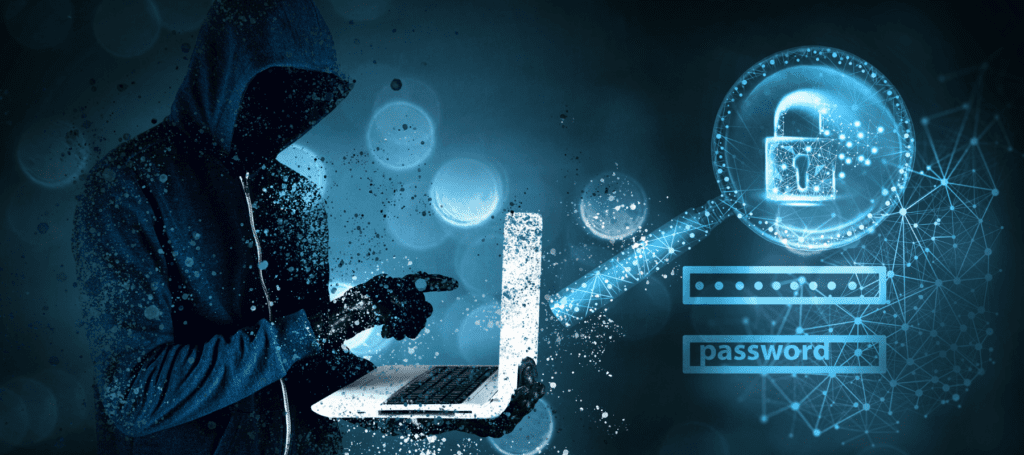Introduction: The Importance of Cyber Security Seals
As cyber threats escalate, businesses and organisations are adopting cyber security seals to demonstrate their commitment to security and resilience. But what exactly is a cyber security seal, and why is it crucial for digital protection?
In this article, we’ll explore the concept of cyber security seals, their types, applications, and how they enhance digital protection.
What is a Cyber Security Seal?
A cyber security seal is a certification or emblem indicating that a system, application, or network has passed a security assessment, such as penetration testing or vulnerability scanning. These seals assure customers, partners, and regulators that the digital infrastructure is secure from cyber threats.
For example:
- BugShell Security Seal: A verification emblem issued after successful penetration testing, providing trust and transparency with verifiable certification via their database.
- MITRE Cyber SEAL: A suite of tools from MITRE enabling attack detection, threat emulation, and rapid response for edge systems, designed to operate under SWaP constraints.
Types of Cyber Security Seals and Certifications
Cyber security seals come in various forms, depending on their purpose and scope:
- Penetration Test Security Seals
- Awarded after systems undergo rigorous penetration testing.
- Example: BugShell Security Seal.
- Tamper-Evident Digital Security Seals
- Provide alerts or visible proof if a system or data has been accessed without authorisation.
- Example: SealValue electronic security seals, which monitor for tampering and provide real-time alerts.
- Compliance and Industry Certification Seals
- Issued to certify that systems comply with industry standards such as ISO/IEC 27001 or SOC 2.
- Example: FedRAMP compliance as highlighted by Seal Security.
- Open Source Security Seals
- Focus on securing open-source dependencies and addressing vulnerabilities.
- Example: Seal Security’s generative AI solution for open-source vulnerability patching.
Applications of Cyber Security Seals in Various Industries
Cyber security seals play a critical role across multiple sectors:
- E-commerce: Protecting customer transactions and maintaining trust.
- Healthcare: Ensuring sensitive patient data meets regulatory standards.
- Financial Services: Preventing data breaches and securing financial transactions.
- Supply Chain & Logistics: Safeguarding IoT-enabled devices and delivery networks.
- Government & Defense: Meeting cybersecurity standards like FedRAMP and securing classified data.
Benefits of Implementing a Cyber Security Seal
- Enhanced Customer Trust: Promotes confidence by visibly demonstrating security standards.
- Regulatory Compliance: Helps meet industry-specific security regulations.
- Reduced Risk of Data Breaches: Provides proof of security measures to prevent cyberattacks.
- Competitive Advantage: Differentiates the business by showcasing cybersecurity maturity.
- Continuous Security Improvement: Encourages regular penetration tests and security audits.
Case Studies: Companies Leveraging Cyber Security Seals Effectively
- BugShell Security Seal – Building Trust Through Penetration Testing
BugShell issues security seals to companies that pass their comprehensive penetration testing. Each seal has a unique ID for verification via the BugShell database, offering transparency and verifiable security credentials. - Seal Security – Open Source Vulnerability Management
Seal Security helps organisations secure their open-source dependencies by providing standalone security patches. Their solution supports FedRAMP compliance, ensuring digital security while maintaining SLAs. - MITRE Cyber SEAL – Edge System Protection
MITRE’s Cyber SEAL suite fortifies edge systems against attacks using proprietary streaming analytics and low-hardware-footprint technology.
How to Obtain a Cyber Security Seal
The process of earning a cyber security seal typically involves:
- Conducting Security Assessments: Such as penetration tests, vulnerability scans, and security audits.
- Closing Identified Vulnerabilities: Addressing security gaps discovered during assessments.
- Verification and Certification: Receiving a security seal from the cybersecurity provider.
- Ongoing Monitoring and Updates: Maintaining security standards through continuous improvement.
Choosing the Right Cyber Security Seal Provider
When selecting a provider, consider:
- Reputation and Experience: Providers like BugShell and Seal Security have strong track records.
- Certification Standards: Ensure the provider meets industry-recognised standards (e.g., ISO 27001, FedRAMP).
- Transparency: Providers should offer verifiable security seals and detailed reports.
- Ease of Integration: Solutions should integrate with your existing security tools and workflows.
Conclusion
A cyber security seal is more than just a badge—it’s a commitment to cybersecurity excellence. Whether issued through penetration testing, compliance audits, or open-source patching, these seals demonstrate an organisation’s dedication to protecting its digital assets.


